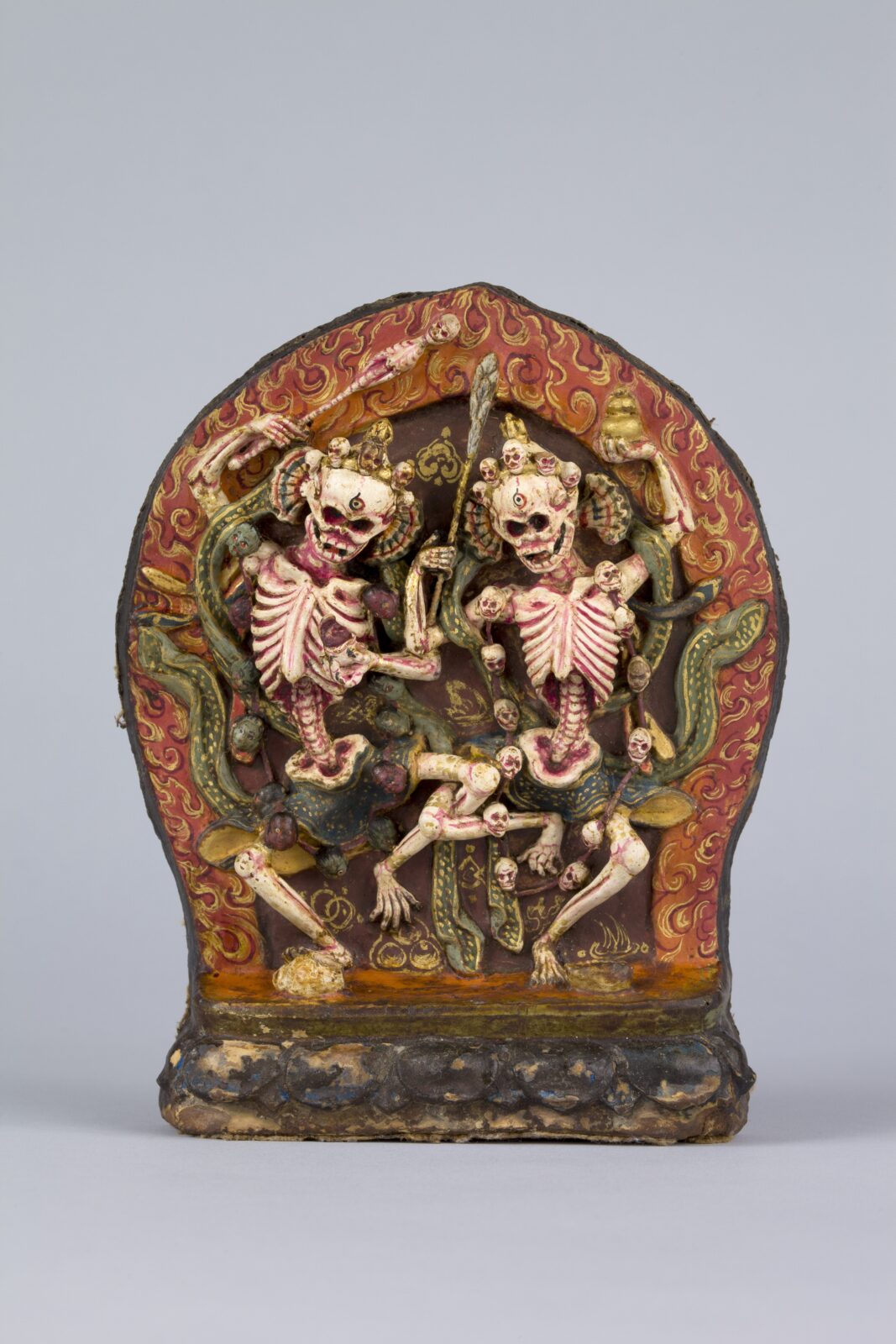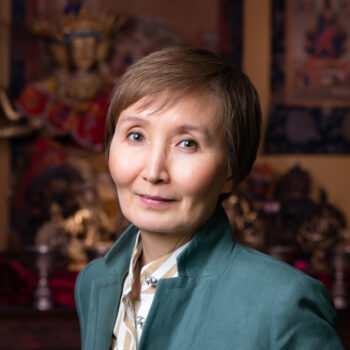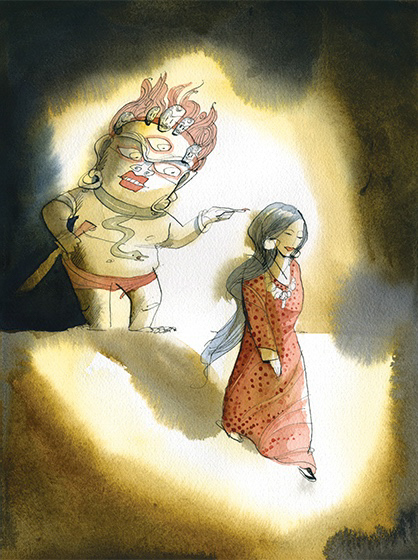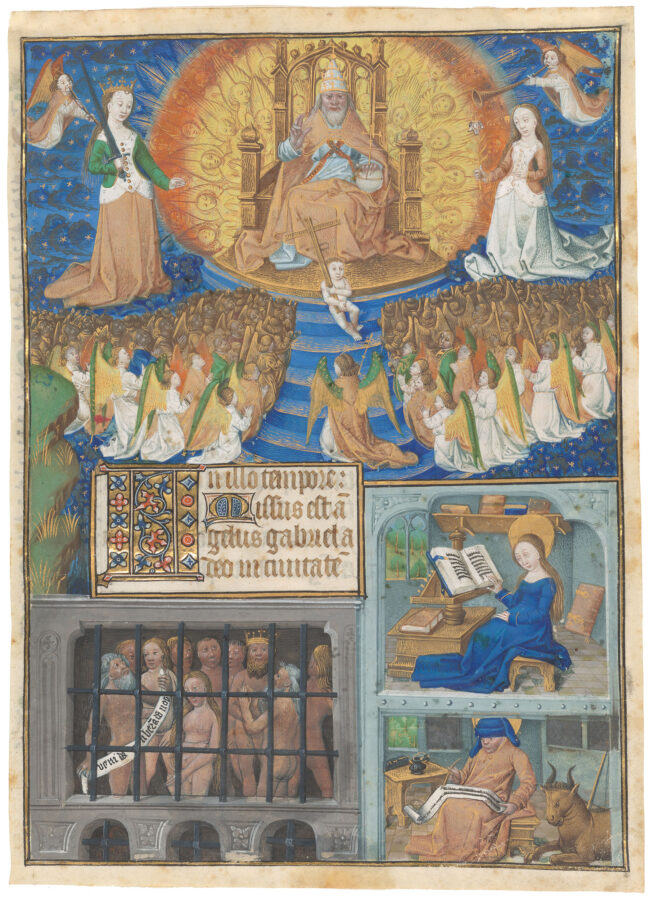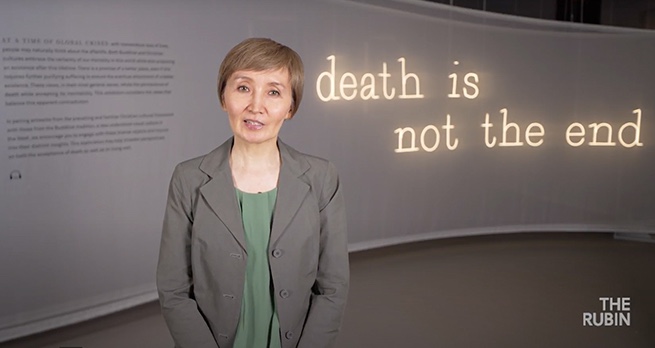The exhibition features prints, oil paintings, bone ornaments, thangka paintings, sculptures, illuminated manuscripts, and ritual items, and brings together 58 objects spanning 12 centuries from the Rubin Museum’s collection alongside artworks on loan from private collections and major institutions, including the Metropolitan Museum of Art, Morgan Library and Museum, Museum aan de Stroom in Antwerp, Wellcome Collection in London, Nelson Atkins Museum in Kansas City, San Antonio Museum of Art, and more.
The exhibition is organized around three major themes: the Human Condition, or the shared understanding of our mortality in this world; States In-Between, or the concepts of limbo, purgatory, and bardo; and (After)life, focusing on resurrection, ideas of transformation, and heaven.
“A thought-provoking matchup of Buddhist and Christian treatments of death.”—New York Times
“A remarkably expansive exhibition in which even the smallest moments reverberate with wit, gravity, and purpose.”—New York Sun
Exhibition Audio Guide
Death Is Not the End is supported by the E. Rhodes and Leona B. Carpenter Foundation, Ellen Bayard Weedon Foundation, Robert Lehman Foundation, and The Prospect Hill Foundation.
The Rubin Museum’s programs are made possible by the New York State Council on the Arts with the support of the Office of Governor Kathy Hochcul and the New York State Legislature.
This project is supported in part by the National Endowment for the Arts.
